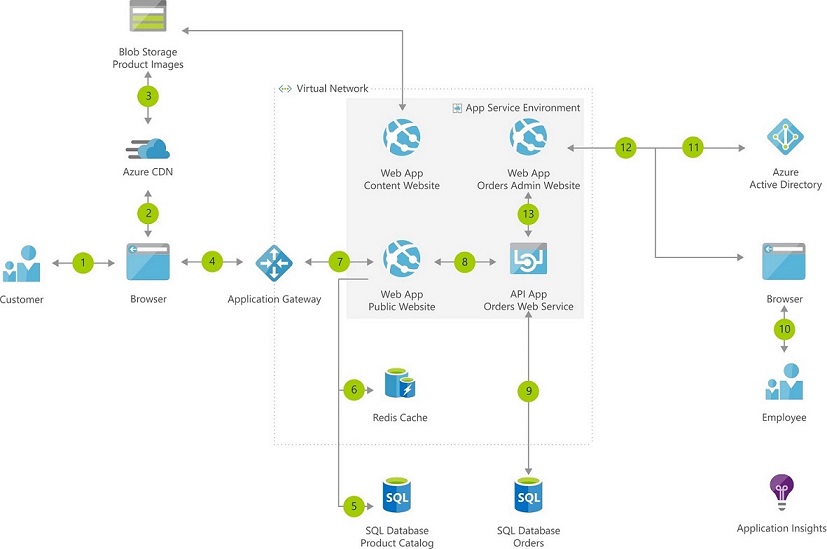Challenges
The client is a UK-based e-commerce business that operates and ships its products across the United Kingdom. The company grew quickly over a course of 12 months, which resulted in a drastic increase in website traffic and shop transactions. Reluctant to let servers put their business at risk, the client contacted us with a request to migrate to the cloud.


